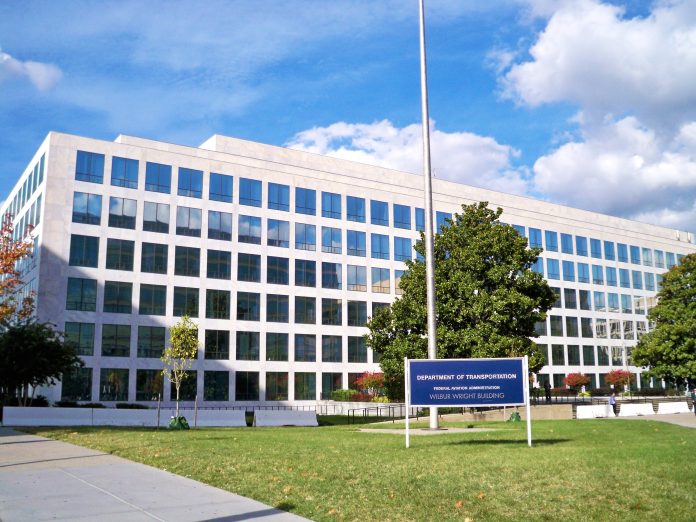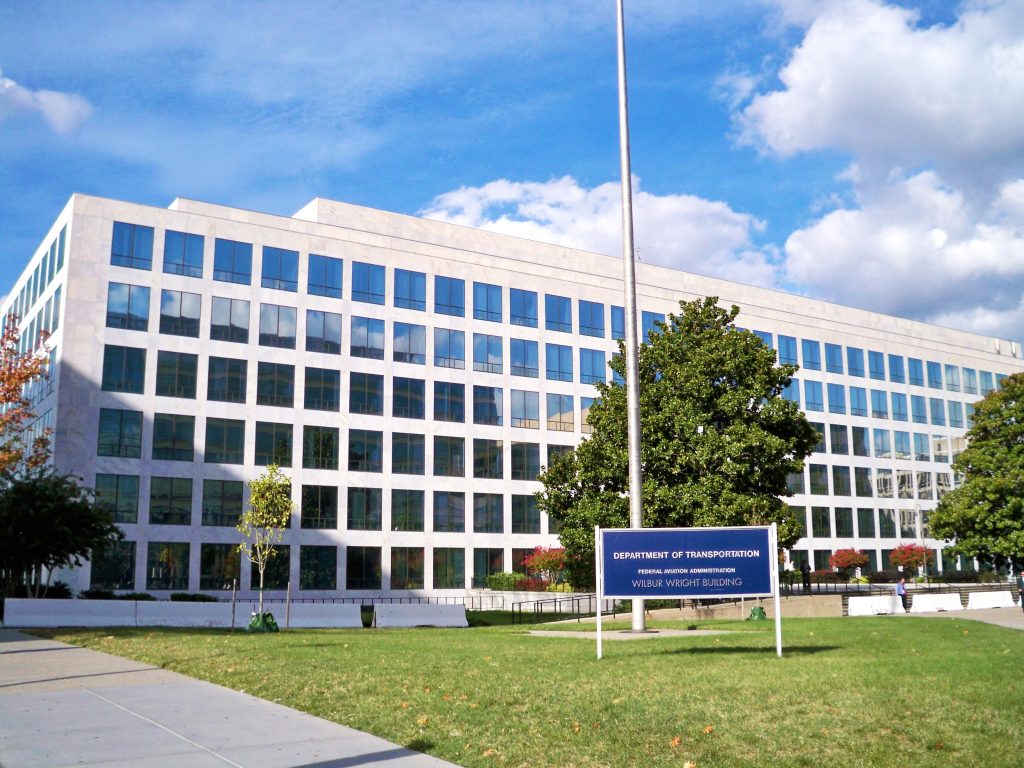
More than 5,000 flights within the United States were either canceled or delayed in one single day as unprecedented capacity cuts by the Federal Aviation Administration began taking hold. This drastic move, triggered by the ongoing government shutdown, is reconfiguring travel at 40 of the nation’s busiest airports and raising urgent questions about safety, staffing, and holiday disruptions.
The cuts-4% to 10% of domestic flights, phased over the coming week-are designed to alleviate mounting pressure on air traffic controllers, many of whom are working without pay. International flights are still exempt from the cuts, but ripple effects can already be seen in delayed departures, cancelled connections and rebooked itineraries stretching into next week. To frequent travellers and aviation professionals alike, the developments represent a rare moment in U.S. aviation history in which operational safety measures collide head-on with political gridlock.
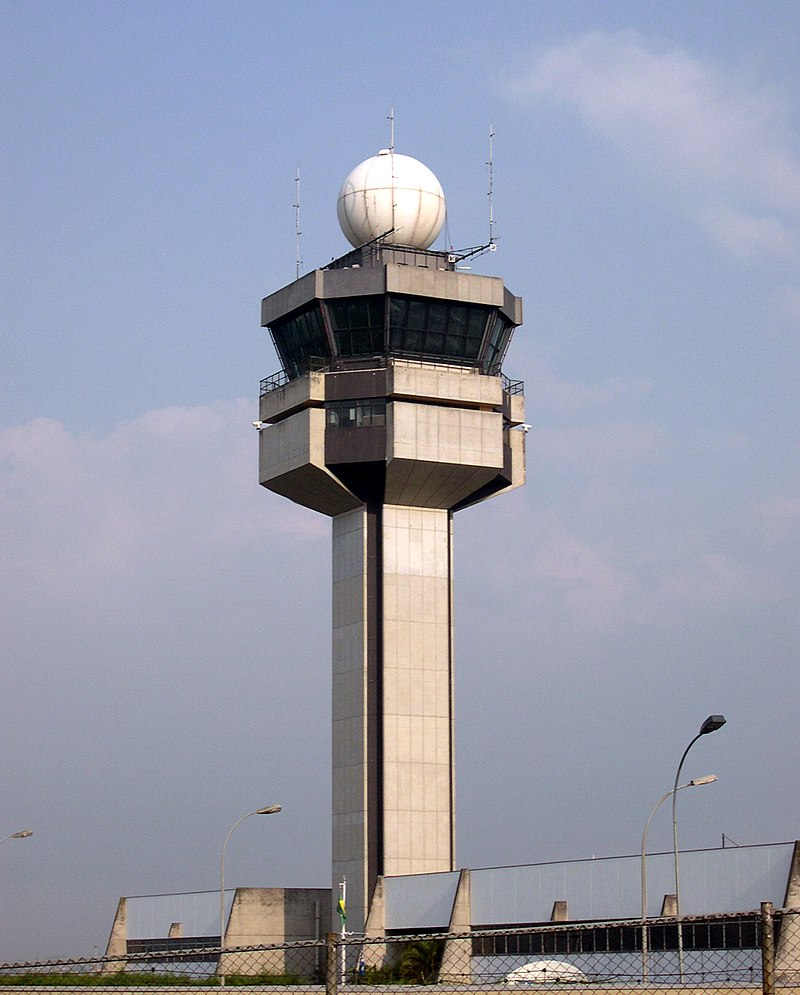
1. The Scale and Scope of the FAA’s Mandate
The FAA’s emergency order slashes domestic flights during peak hours between 6 a.m. and 10 p.m. at 40 high-volume airports, from Atlanta’s Hartsfield-Jackson to Los Angeles International. The cuts are being phased in-4 percent initially, growing to 10 percent by Nov. 14-to match staffing realities in control towers and radar facilities.
FAA Administrator Bryan Bedford called the move “not based on light airline travel locations” but rather on “where the operational pressure is greatest.” That would include cargo-heavy hubs like Louisville and Memphis, and even private jet centers such as Teterboro, New Jersey. The order is proportionate across carriers so no one airline takes an undue amount of cuts.
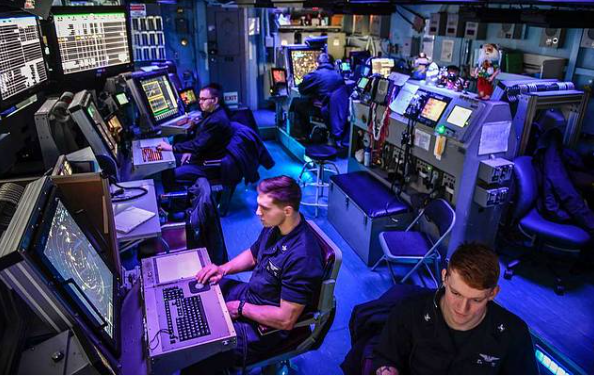
2. Staffing Shortages Drive the Cuts
Air traffic controllers are considered essential federal employees and have been working without pay since October 1. Illnesses, second jobs, and stress have added to an existing shortage at the nation’s air traffic control facilities, leaving some 15% or more below staffing targets.
Transportation Secretary Sean Duffy said controller staffing issues accounted for half of all delays on the worst shutdown days, compared to a normal 5%. The FAA’s strategy is to slow traffic to maintain safety margins, but the result is diminished capacity and widespread disruption.
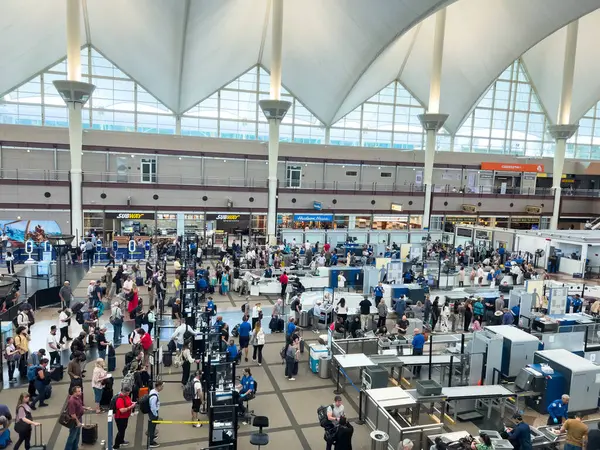
3. Airports Facing the Heaviest Impact
The list of hard-hit airports includes some of the nation’s busiest hubs, such as Atlanta, Dallas/Fort Worth, Denver, Chicago O’Hare, and Los Angeles. These five combined see hundreds of millions of passengers annually.
New York-area airports aren’t immune to serious delays, either LaGuardia departures average more than 2 hours and 30 minutes late, Newark’s average delay more than 2 hours, and Teterboro’s is averaging more than 3 hours. Even smaller regional airports like Westchester County experience over-90-minute delays because of volume and staffing constraints.

4. Growing Disruptions ahead of Thanksgiving
Duffy has warned that flying may “be reduced to a trickle” during the two weeks leading up to Thanksgiving with millions unable to reach family gatherings. Airlines for America estimates the economic impact of the cuts at $285 million to $580 million a day once reductions reach 10 percent, not accounting for lost passenger time and refunds.
With cancellations mounting, holiday travel-when the nation’s transportation systems are at their busiest-could have cascading consequences for tourism, retail, and shipping.

5. Airline Responses and Passenger Options
Major carriers are offering unusually flexible policies. United, Delta and American Airlines have all promised no change fees, and even no fare differences, on flights rebooked within set dates. Southwest allows no-fee adjustments through November 12 Frontier offers no fees but passengers must pay any fare differences.
These steps are all an attempt to head off passenger irritation, but rebooking availability is shrinking as schedules contract. The airlines are offering refunds even on basic economy and nonrefundable tickets-a rarity in the business.

6. The Human Cost on Controllers
Controllers manage the safety of approximately two million passengers daily and guide takeoffs and landings, directing enroute traffic. This makes this occupation one of the most stressful in aviation due to the high stakes involved and constant vigilance.
Ohio University’s Chad Mourning likens them to “crossing guards of the skies,” noting that even a one-minute delay per operation at Atlanta could total over a year of cumulative delays annually. Working without pay heightens stress, leading to increased sick leave and attrition.

7. Longstanding Shortage and Training Bottlenecks
The FAA has 11,000 certified controllers, or about 3,000 fewer than it needs. Hiring has lagged during the past decade due to government shutdowns, budget cuts, and the pandemic. Training remains centralized at a single academy in Oklahoma City, creating a bottleneck.
The National Academy of Sciences has flagged rising failure rates and extended certification times, especially at complex facilities. Efforts to expand the training to universities could shorten the pipeline, but legislative hurdles remain.
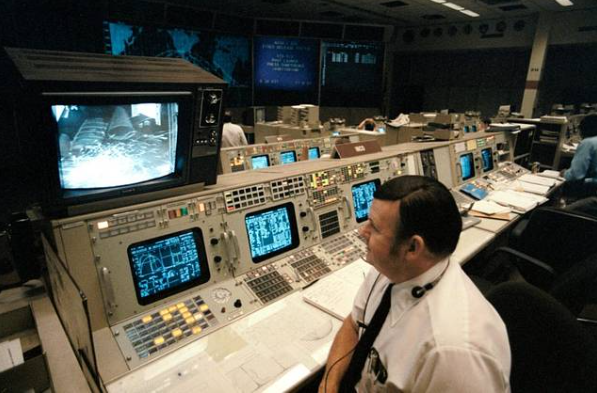
8. Safety vs. Capacity: The Balancing Act
While reduced traffic preserves safety margins, it slows operations as well. Catastrophic accidents are extremely rare in U.S. aviation due to its multi-layered safety system, but removing layers such as adequate staffing incrementally raises risk. Duffy cited lessons from the January mid-air collision near Reagan National, with its emphasis on acting proactively to “reduce the risk profile in the national airspace” before problems become more serious.

9. Potential for Further Cuts
If the shutdown continues, Duffy has said, cuts could reach 20% of schedules. Such a step would drastically reduce domestic travel and have wide-ranging impacts on the economy. For now, the FAA is monitoring staffing and operational data daily, ready to adjust measures. Airlines and unions continue to press Congress for a resolution, underscoring that prolonged disruption is unsustainable for both safety and commerce.
The FAA’s flight reductions are a rare, sweeping intervention aimed at safeguarding the skies during an unprecedented political impasse. For travelers, the coming weeks will test patience and flexibility for aviation professionals, they underscore the fragility of a system stretched thin. Whether these measures remain a short-term fix or signal deeper structural changes will depend on how quickly lawmakers resolve the shutdown and how effectively the FAA can rebuild its controller workforce.
